What is the golden rule of sanding?
Are you struggling to get that perfect finish? Choosing the right grit is tricky. Poor sanding ruins your work.
The golden rule of sanding is simple: start with a coarse enough grit to remove surface imperfections or old finishes, then work through progressively finer grits, ensuring each step removes the scratches from the previous one before moving on.
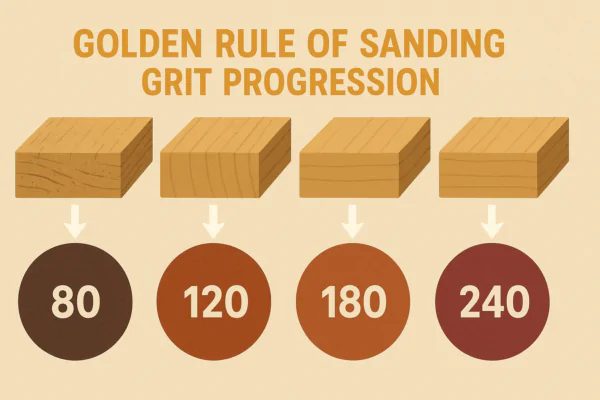
Knowing this rule helps, but applying it needs the right tools. You need to understand which abrasive tools work best for your job. Let’s look at some key types.
What is the difference between flap discs and sanding discs?
Are you confused about which disc to use for metalworking? Sanding discs and flap discs look similar. Using the wrong one wastes time and material.
Flap discs have overlapping abrasive flaps and are good for aggressive material removal and blending welds, while sanding discs use a single sheet of abrasive paper or cloth and are best for surface preparation and finishing.
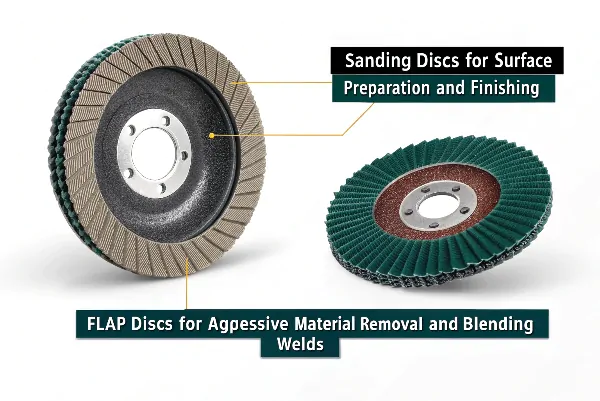
Are you struggling to get that perfect finish? Choosing the right grit is tricky. Poor sanding ruins your work.
The golden rule of sanding is simple: start with a coarse enough grit to remove surface imperfections or old finishes, then work through progressively finer grits, ensuring each step removes the scratches from the previous one before moving on.
Golden rule of sanding – grit progression
Knowing this rule helps, but applying it needs the right tools. You need to understand which abrasive tools work best for your job. Let’s look at some key types.)
Flap Disc vs. Sanding Disc – The Key Differences Explained
Understanding the build helps you pick. Flap discs have layers of abrasive cloth pieces. These overlap on a backing plate. As you work, the top layers wear away. New abrasive is always exposed. This means they stay sharp longer. They are great for jobs where you need to grind away a lot of material. Think about grinding welds smooth or removing heavy rust. They work well on metal. I often see them used in auto body shops. A sanding disc is different. It uses a single piece of abrasive paper or cloth. This piece is glued to a backing. You put it on a sander, like an orbital sander. These discs are for smoother work. You use them to prepare a surface before painting. You also use them for final finishing on wood or metal. The abrasive grit is spread evenly across the whole surface. When that grit gets dull, you need a new disc. So, flap discs are more aggressive. They are for shaping and heavy stock removal. Sanding discs are for preparing surfaces and finishing.
Here is a simple comparison:
| Feature | Flap Disc | Sanding Disc (Paper/Cloth) |
|---|---|---|
| Construction | Overlapping abrasive cloth flaps | Single abrasive sheet (paper/cloth) |
| Primary Use | Grinding, Weld Blending, Heavy Removal | Surface Prep, Finishing, Light Removal |
| Aggressiveness | High | Medium to Low |
| Lifespan | Often Longer (new abrasive exposed) | Shorter (once dull, it’s done) |
| Common Material | Metal | Wood, Metal, Composites |
I have seen customers switch to flap discs for certain metal jobs. They found it sped up their work greatly.
What are film sanding discs?
Do your sanding discs tear easily? Are you unhappy with inconsistent finishes? Traditional paper discs can let you down.
Film sanding discs use a durable polyester film as the backing instead of paper or cloth, providing superior tear resistance, consistent scratch patterns, and longer life, making them ideal for fine finishing.
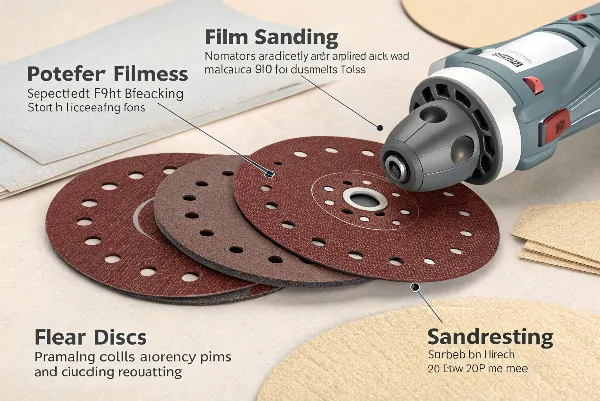
Film Sanding Discs – The Advantage of Advanced Backing
Film is a game changer for sanding. Regular paper discs can tear. This happens especially on edges or curves. A torn disc is useless. It costs you money and time. Cloth discs are stronger than paper. But film is even better. Polyester film is very strong. It resists tearing much more than paper. This means the disc lasts longer. You do not waste discs that break. Film also provides a very stable backing. The abrasive grains sit perfectly on the film. When you sand, this gives a very even scratch pattern. An even scratch pattern is key for a good finish. Uneven scratches show through paint or clear coats. This is a big problem in automotive or high-end furniture. We use film discs extensively for these markets. The consistent finish saves labor later. Another point is flexibility. Film discs can be flexible. This helps when sanding contoured surfaces. The durability means you can use them with water or oils sometimes. This reduces dust. It also helps get an even better finish. Our R&D team works a lot with different backings. They know film offers top performance. It is a premium product. It gives a premium result. I remember one customer told me switching to our film discs cut their sanding time by 15%.
Here are reasons film discs stand out:
| Feature | Film Sanding Disc | Traditional Paper Disc |
|---|---|---|
| Backing Material | Polyester Film | Paper |
| Tear Resistance | Very High | Low |
| Scratch Pattern | Very Consistent | Can be less consistent |
| Durability | High, longer lifespan | Lower, prone to tearing |
| Water Use | Often possible (depends on adhesive/abrasive) | Usually not possible (paper breaks down) |
| Flexibility | Can be made flexible | Varies, often less adaptable to curves |
Using film discs is an investment. It pays off in better quality and less waste.
How do I choose a sanding disc?
Are you overwhelmed by all the sanding disc options? Grit, material, size, backing – it is a lot. Picking the wrong disc leads to bad results.
To choose a sanding disc, consider the material you are sanding, the stage of the process (heavy removal vs. finishing), the tool you are using, the desired finish quality, the backing material (paper, cloth, film), and the grit size.
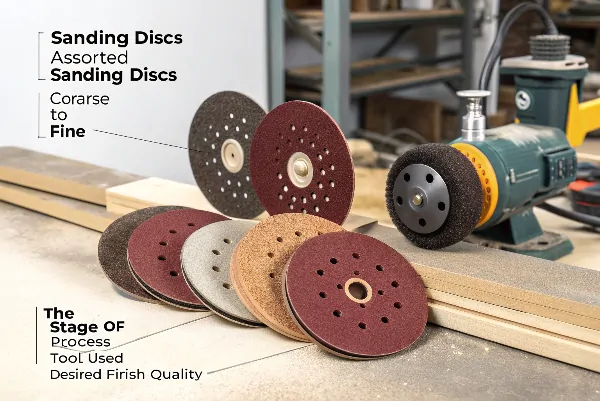
Choosing the Right Sanding Disc – Factors to Consider
Selecting the correct disc is critical. It affects your speed and finish. First, look at the material you are working on. Is it wood, metal, plastic, or something else? Different materials need different abrasive types. For hard woods or metals, ceramic or zirconia abrasives are strong. They cut fast. For softer woods or paint, aluminum oxide is common. Silicon carbide is good for very fine finishes or non-metals. Second, think about the job. Do you need to strip old paint? Use a coarse grit, like 40 or 60. Do you need to smooth a surface before painting? Use medium grits, like 120 or 180. For a final polish? Use fine grits, 320 and higher. Remember the golden rule: progress through grits. Third, look at your tool. Is it a random orbital sander? A disc sander? Discs come in different sizes and hole patterns. The hole pattern helps remove dust. Make sure the disc matches your machine. Fourth, consider the backing. We talked about paper, cloth, and film. Paper is cost-effective for general use. Cloth is durable for belts or discs used on harder materials. Film is best for high-quality finishes. Finally, think about quality. A cheap disc might seem good. But it wears out fast. It gives an inconsistent finish. A high-quality disc from a good maker lasts longer. It performs better. This saves you money in the long run. My factory makes discs with different abrasives and backings. We can help you find the best fit for your specific application, like automotive or furniture.
Here are the main factors to consider when choosing:
| Factor | Description | Impact |
|---|---|---|
| Material | What you are sanding (wood, metal, paint, etc.) | Determines abrasive type (AlOx, Ceramic, etc.) |
| Process Stage | Heavy removal, prep, finishing | Determines starting and ending grit size |
| Tool Match | Sander type, size, hole pattern | Ensures disc fits and functions correctly |
| Finish Quality | Desired smoothness level | Guides grit progression, backing choice (film?) |
| Backing Type | Paper, Cloth, Film | Affects durability, flexibility, consistency |
| Grit Size | Coarse (low #) vs. Fine (high #) | Controls rate of material removal and finish |
Choosing right means better results and lower costs.
Conclusion
Mastering sanding needs understanding abrasive types. Choosing the right disc saves time and gets a better finish. Use flap discs for heavy work, film discs for fine finish, and pick others based on your job.
You may also be interested in:

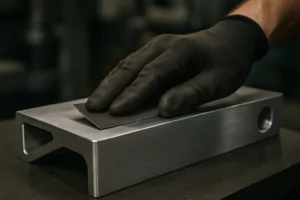
Best Sandpaper for Aluminum: NOVOGRIT's Guide to Flawless Finishes
What is the Best Type of Sandpaper to Use on Aluminum? Do you find yourself frustrated by sandpaper that gums up instantly when you try to smooth aluminum? It is
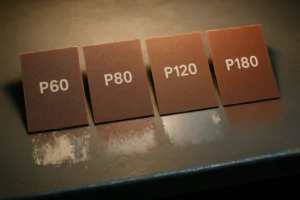
Best Sandpaper for Paint Removal: Grits, Types, & Tips | NOVOGRIT
What is the Best Sandpaper for Removing Paint? Are you tired of staring at chipped, peeling paint on your furniture, walls, or even your car? It’s a common problem, and
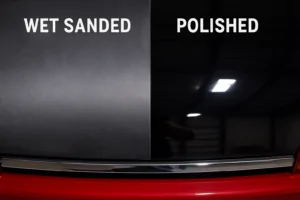
Automotive Wet Sanding: Supplies, Liquids & Best Sandpaper
Automotive Wet Sanding Supplies: What Do You Really Need? Wet sanding is a crucial technique in automotive refinishing, used to achieve a flawlessly smooth surface before painting or polishing. Unlike
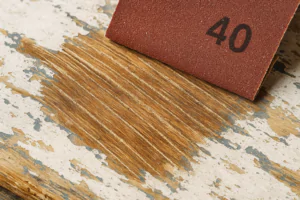
Best Sandpaper for Paint Removal & Grit Guide
What Is the Best Sandpaper for Removing Paint? Removing old paint can be a tedious job, but using the right sandpaper makes all the difference. It’s not just about grit;
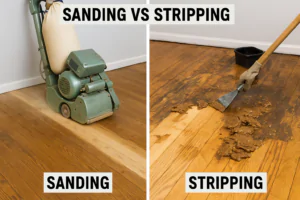
Hardwood Floor Sanding: Screen vs. Sandpaper & Best Practices
Sanding Screen vs. Sandpaper for Hardwood Floors: Which is Best? When you’re tackling hardwood floor projects, choosing the right abrasive is crucial for achieving a smooth, professional finish. Both sanding
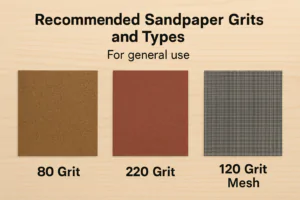
Paper Backing vs. Mesh Sanding Discs: Which Abrasive to Choose?
Paper Back vs. Mesh Sanding Discs: Which One Should You Pick? Choosing the right sanding disc backing can significantly impact your project’s efficiency and finish quality. Paper-backed discs are a
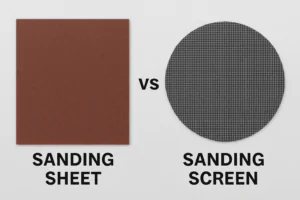
Sanding Mesh vs Paper: Which is More Economical and Better?
Is Sanding Mesh More Economical Than Sandpaper? Comparing Abrasive Costs When stocking up on abrasives, cost is always a factor. Paper sandpaper has traditionally been the standard, but newer mesh
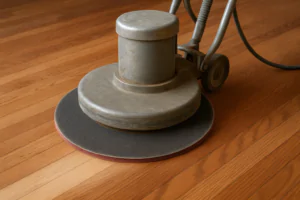
Sanding Nets & Screens Use Cases: When to Choose Mesh Abrasives
Sanding Nets and Screens: What Are Their Best Use Cases? When you encounter sanding nets or screens, you might wonder where they fit into your sanding projects. Unlike traditional solid-backed
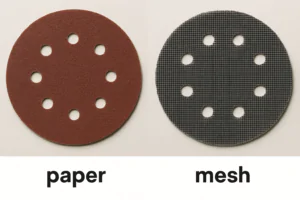
Paper vs. Mesh Sanding Discs: Which Abrasive to Choose?
Paper vs. Mesh Sanding Discs: Which Should You Buy? Choosing the right abrasive disc is essential for efficient and effective sanding. Two primary types dominate the market: traditional paper-backed discs
